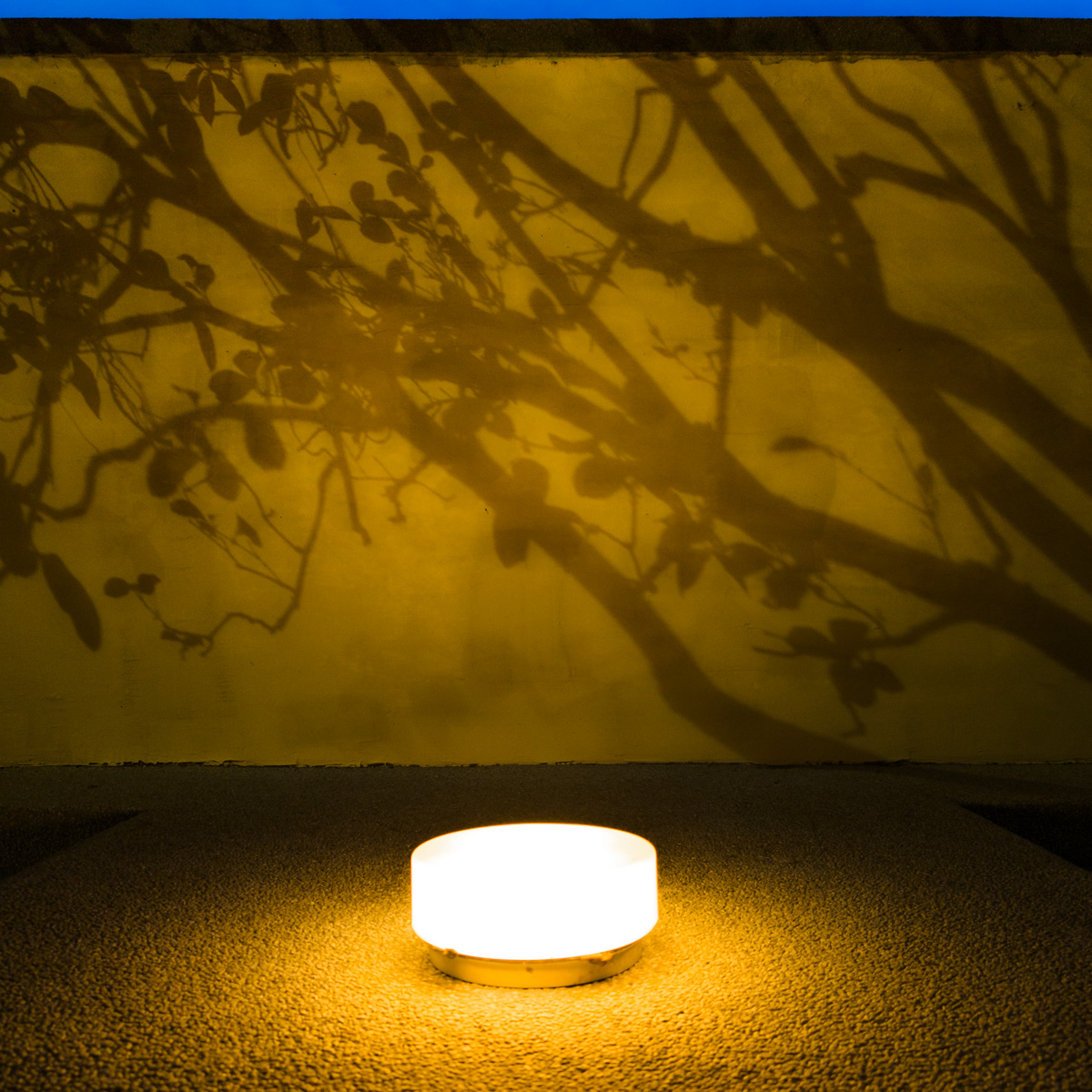
There's a theory that dreams are byproducts of memory consolidation. When we fall into deep sleep, the various experiences of joy, anger, sorrow, and pleasure from the day are sorted and filed away in our brain. Some of these newly formed memories are stored into long-term memory, and the dust stirred up during this process forms our dreams.
On the other hand, during those moments of spacing out while awake, my thoughts occasionally drift away. For instance, when I sit in the unlit living room after waking up in the morning, watching the slanting sunlight cast on the curtains, I recall the awkward emotions from yesterday's conversation. Or during the thirty-second wait for coffee to bloom, I remember a convenience store clerk's thoughtful gesture.
In The Poetics of Space, this drifting of thoughts while awake is called "daydream." This process clarifies my thoughts and unconsciously determines how I should act next time. These seemingly random drifts, when examined closely, are all about things I can't quite articulate but deeply care about.
Dreams and daydreams form a cyclical process. Nighttime dreams arise from the brain organizing memories, while daytime daydreams lead to a reorganization of values. These reorganized values might then become new material for nighttime dreams.
Through this repeated folding and storing of memories, a self-prophetic book of answers takes shape. It can't be casually flipped through, but when various things happen in the future, the heart quickly turns to the page describing the appropriate emotional response to that event, allowing me to feel happy when it's time to be happy, and sad when it's time to be sad.
Revising this book isn't easy. But by frequently reflecting on ourselves and detaching to observe our emotional reactions and reflexive behaviors through writing or other means, we can gradually come to understand our impulsive actions and groundless sadness. We pat ourselves on the shoulder and find the right moment to reconcile with ourselves.